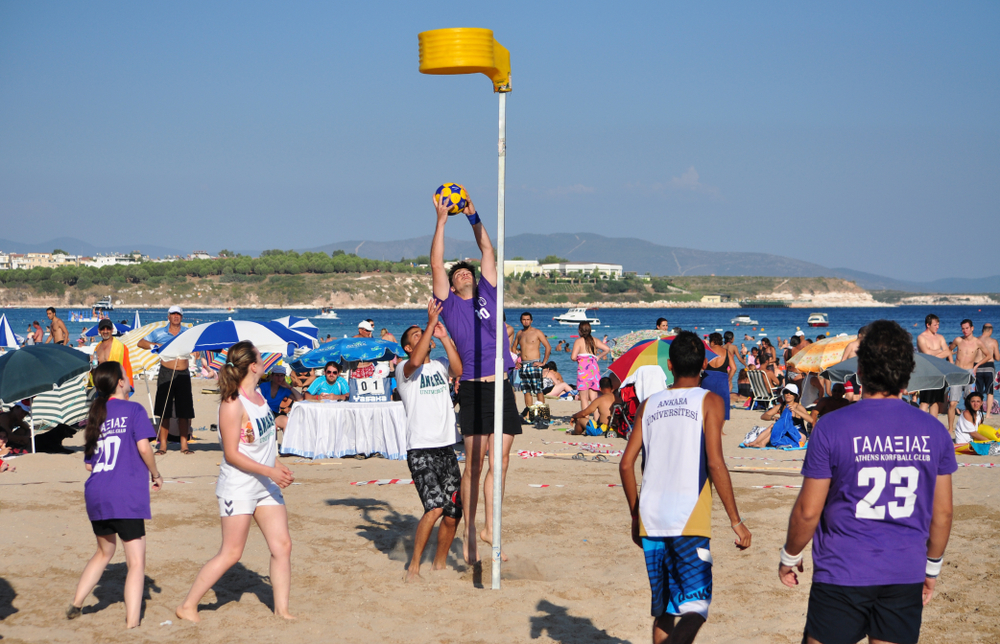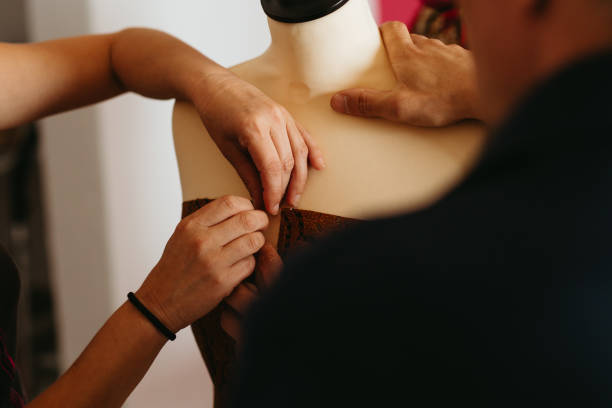Unraveling the Mystique of Korfball: A Sport of Elegance and Strategy
As the sun sets, a group of athletes gathers on a grassy field, their hearts pulsing with anticipation. They are not soccer players, nor are they rugby enthusiasts. Instead, they are devotees of a sport that, despite its rich history and strategic depth, remains relatively unknown in many parts of the world: Korfball.

The Genesis of Korfball: A Game of Equality and Strategy
Born in the Netherlands in 1902, Korfball emerged from the vision of Nico Broekhuysen, a schoolteacher who dreamed of a sport that promoted equality and cooperation. Unlike most team sports of the time, Korfball was designed to include both men and women, a revolutionary idea that challenged traditional gender norms. The sport also emphasized strategic thinking, with rules designed to encourage cooperation and tactical play.
The Rules of the Game: A Blend of Basketball and Netball
At a glance, Korfball appears to be a mix of basketball and netball. The objective is simple: teams must throw a ball through a korf (Dutch for basket) mounted on a 3.5-meter-high pole. However, the complexity lies in the restrictions on player movement, the alternating offense and defense roles, and the necessity of precise passing and shooting. These rules foster a high degree of teamwork and strategy, making Korfball a game of both physical prowess and mental agility.
Korfball Today: A Growing Global Phenomenon
Despite its humble Dutch origins, Korfball has grown into an international phenomenon, with the International Korfball Federation now boasting more than 50 member countries. The sport has also gained recognition from the International Olympic Committee, and while it has yet to be included in the Olympic Games, it features regularly in the World Games, a global multi-sport event for non-Olympic sports.
The Allure of Korfball: Teamwork, Strategy, and Equality
The beauty of Korfball lies in its unique blend of teamwork, strategy, and equality. The sport’s mixed-gender teams break down societal barriers, promoting mutual respect and cooperation. Its emphasis on strategic play makes it appealing to thinkers and athletes alike. Moreover, the constant switching of roles between offense and defense ensures that every player is a vital part of the team, reinforcing the importance of every individual’s contribution.
The Future of Korfball: An Untapped Potential
As we look to the future, Korfball possesses immense potential. Its principles of equality and team cooperation resonate with modern societal values, while its strategic depth offers a captivating challenge for athletes and spectators. With increased exposure and support, Korfball has the potential to become a staple in the sporting landscape, offering a fresh, unique perspective to the world of team sports.
In the end, Korfball is more than just a sport—it’s a testament to the power of inclusivity, strategy, and teamwork. It’s a game that invites us to rethink our ideas about competition and cooperation, challenging us to play and think in ways that go beyond traditional sports. As the sun sets on that grassy field, the Korfball players are not just playing a game; they’re part of a sporting revolution—one that’s been quietly unfolding for over a century.




